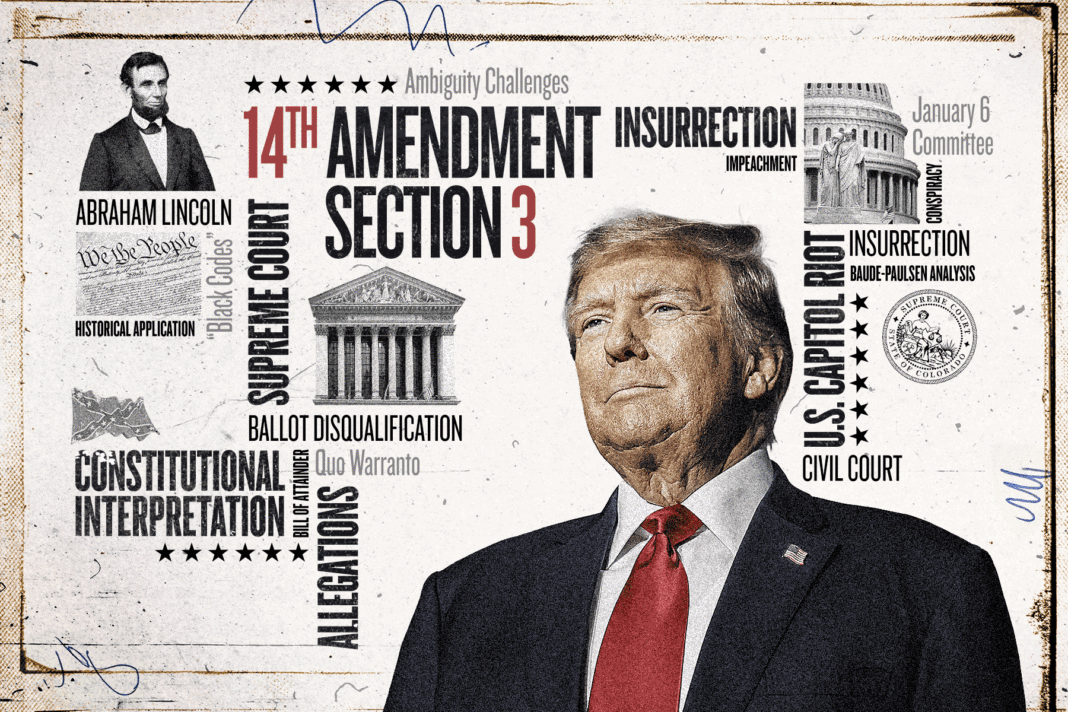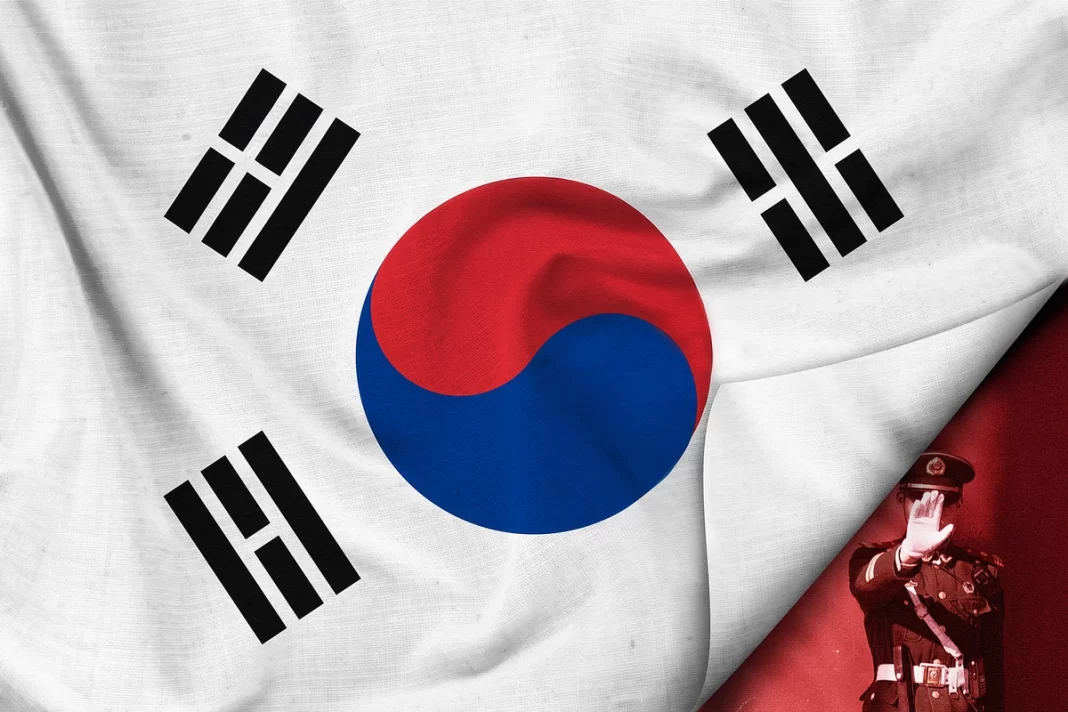The history behind Section 3 of the 14th Amendment, which is being used to dislodge Trump from election ballots and is set to be heard by the Supreme Court.
In a great historical irony, one of the least studied parts of the U.S. Constitution is poised to unleash on the country a whirlwind of political vendetta.
The Supreme Court, however, may still block such a consequence.
Section 3 of the 14th Amendment, the disqualification clause, was originally designed to punish rebels of the Civil War and generally overlooked as irrelevant since. In recent years, however, it was dusted off by some scholars and wielded by Democrat activists and officials who say it bars former President Donald Trump from returning to office due to his role in the riot at the U.S. Capitol on Jan. 6, 2021.
The Colorado Supreme Court already concluded that President Trump engaged in insurrection and is thus disqualified under Section 3.
Maine Secretary of State Shenna Bellows made a similar finding. Similar efforts are underway in other states, including New York, California, and Pennsylvania.
The Supreme Court has agreed to hear the matter on a speedy schedule, setting a hearing for Feb. 8.
The text of Section 3 is sweeping and open-ended, and needs to be interpreted with caution, multiple constitutional experts said. The Epoch Times reviewed thousands of pages of legal, academic, and historical texts on the matter.
Perilously, historical record suggests the clause was written with virtually no foresight of how it may be applied outside the Civil War context—an “unexploded bomb” left dormant in the Constitution, as one expert put it.
Republicans, the original authors of the law, face being ousted with their own petard, though on a fuse more than 150 years long.
The repercussions may ripple back, however, as some already pursue the thought that, as applied to President Trump, Section 3 may well apply to many a Democrat, including President Joe Biden himself.
By Petr Svab






